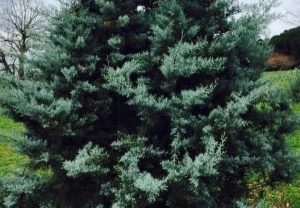Discover the beauty of nature with our guide to amazing trees starting with ‘A’. From iconic species like Aspen to lesser-known varieties, explore their unique characteristics and learn how to incorporate them into your landscape for a breathtaking garden.
When it comes to the natural world, few sights are as awe-inspiring as the majestic trees that grace our landscapes. These towering giants come in a vast array of shapes, sizes, and hues, each with its unique charm and significance. Among the multitude of tree species, some particularly captivating ones begin with the letter ‘A’. In this comprehensive guide, we’ll explore the beauty of amazing trees starting with ‘A’, unveiling their distinctive characteristics and the ways to incorporate them into your outdoor spaces.
1. Ash (Fraxinus)
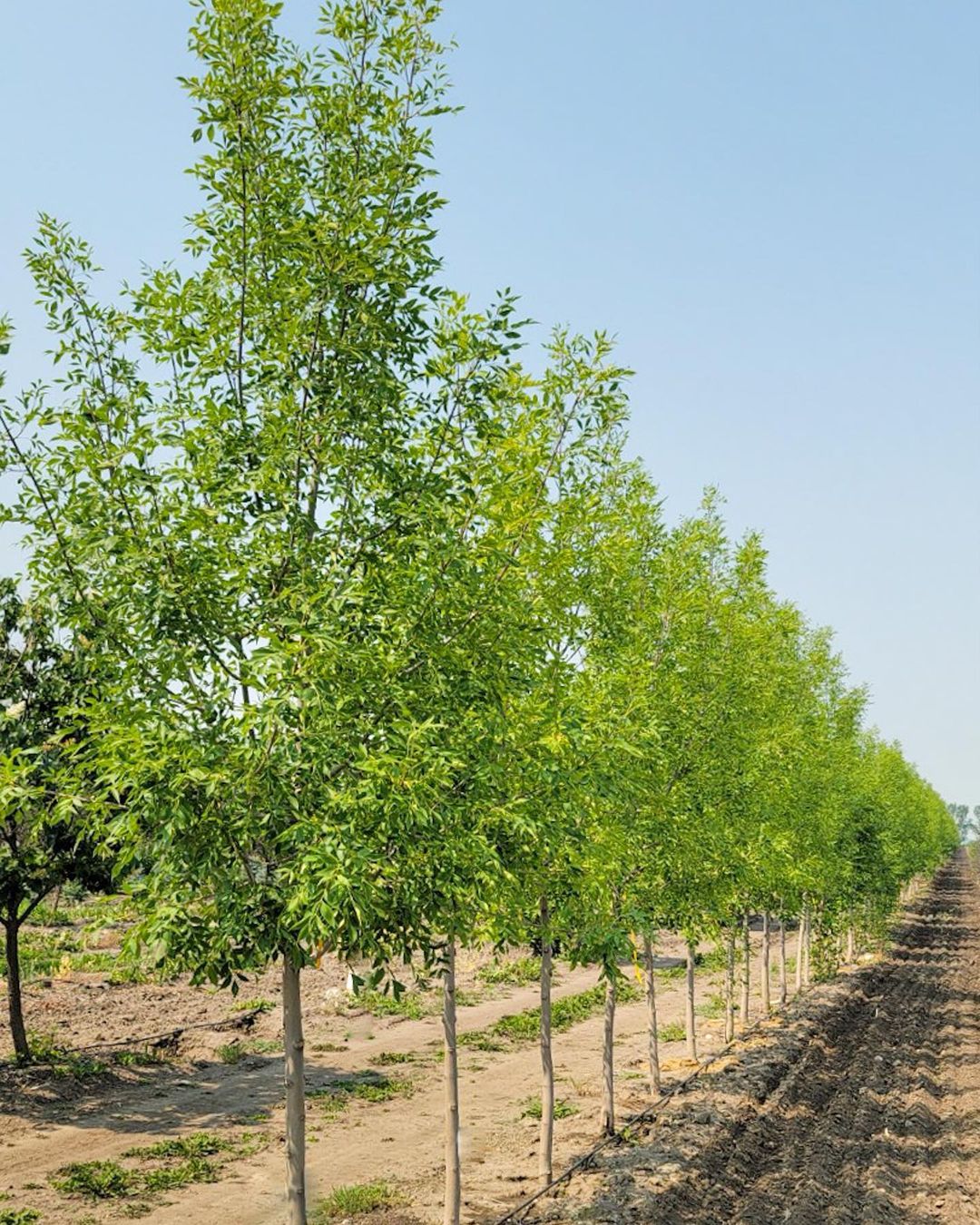
Here’s a chart with information about the Ash tree (Fraxinus):
| Category | Information |
|---|---|
| Botanical Name | Fraxinus spp. |
| Common Name | Ash Tree |
| Plant Type | Deciduous Tree |
| Hardiness Zone | USDA Zones 3-9 |
| Sun Exposure | Full sun |
| Soil Type | Well-draining, adaptable to various soil types |
| Watering | Moderate; prefers consistent moisture |
| Growth Habit | Upright, oval or rounded canopy |
| Height/Spread | 40-60 feet tall, 30-50 feet wide |
| Special Features | Attractive fall foliage, valuable timber, tolerant of urban conditions |
Kicking off our list is the Ash tree, a genus that encompasses several species native to various parts of the world. These deciduous trees are known for their compound leaves, attractive bark patterns, and their ability to thrive in a wide range of conditions.
One of the most well-known members of the Ash family is the White Ash (Fraxinus americana), a stately tree that can reach heights of up to 80 feet (24 meters). Its dense foliage provides ample shade, making it a popular choice for parks, streets, and residential landscapes.
While the Ash tree is valued for its ornamental qualities, it also has practical applications. Its strong, flexible wood is widely used for furniture, tool handles, and even baseball bats. Incorporating an Ash tree into your landscape can add both beauty and functionality.
2. Aspen (Populus tremuloides)
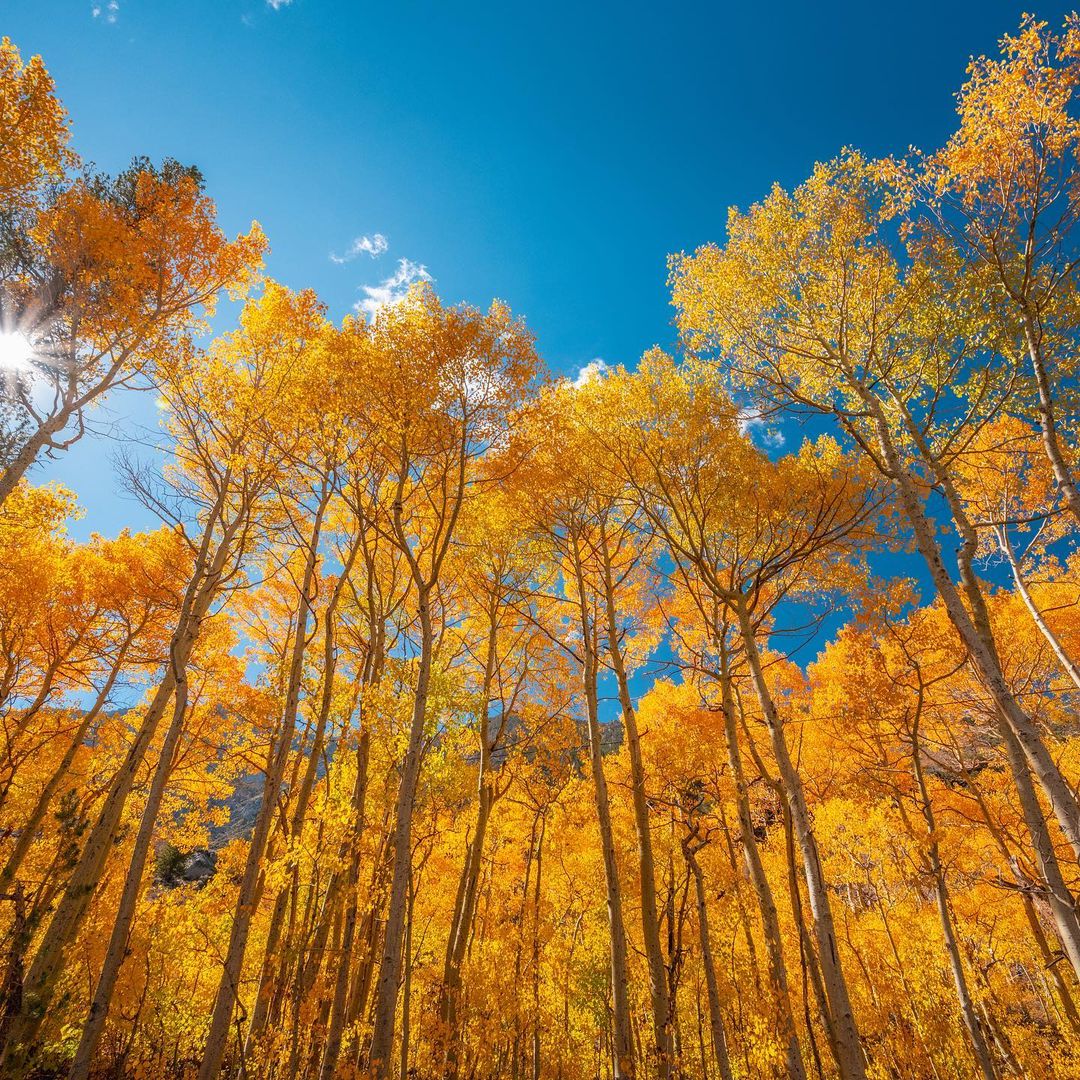
Here’s a chart with information about the Aspen tree (Populus tremuloides):
| Category | Information |
|---|---|
| Botanical Name | Populus tremuloides |
| Common Name | Quaking Aspen, Trembling Aspen |
| Plant Type | Deciduous Tree |
| Hardiness Zone | USDA Zones 2-7 |
| Sun Exposure | Full sun |
| Soil Type | Well-draining, loamy, sandy, or clay soils |
| Watering | Moderate; prefers moist soils |
| Growth Habit | Upright, with a narrow, rounded crown |
| Height/Spread | 20-50 feet tall, 10-30 feet wide |
| Special Features | Smooth white bark, leaves that tremble in the wind, vibrant yellow fall color, forms large clonal colonies through root sprouts |
The Aspen is a true icon of the North American wilderness, known for its distinctive white bark and trembling leaves that seem to dance in the slightest breeze. This deciduous tree is renowned for its ability to thrive in various climates and its remarkable clonal growth, where entire groves can be connected by a single root system.
Beyond its visual appeal, the Aspen plays a crucial role in supporting biodiversity. Its bark and leaves provide food for numerous species, while its groves create habitats for small mammals and birds. In the fall, the Aspen puts on a stunning display of golden foliage, making it a popular choice for residential and public landscapes alike.
3. Alder (Alnus)
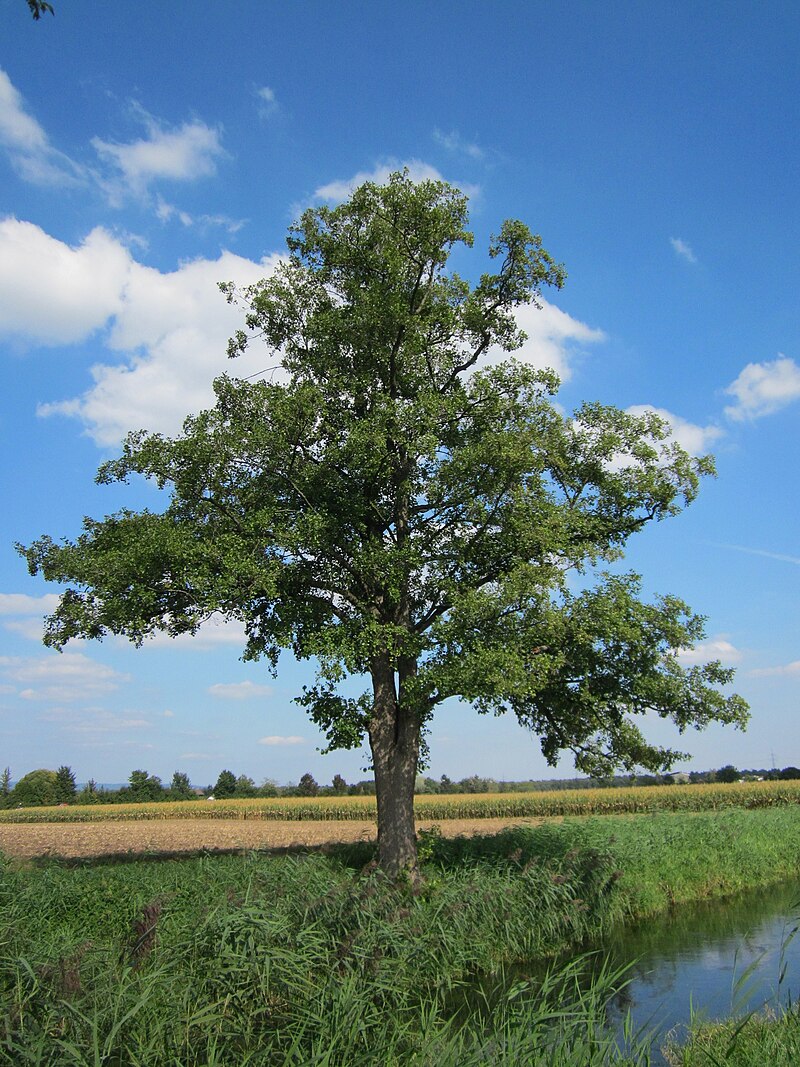
Native to the Northern Hemisphere, the Alder is a genus of deciduous trees and shrubs known for their ability to thrive in wet, nutrient-rich soils. These trees are often found along streams, rivers, and wetlands, where they play a vital role in stabilizing banks and preventing erosion.
One of the most recognizable members of the Alder family is the Red Alder (Alnus rubra), which can grow up to 130 feet (40 meters) tall. Its reddish-brown bark and cone-like fruits make it a distinctive sight in many forests and urban landscapes.
Incorporating an Alder tree into your landscape can not only add visual interest but also provide valuable ecological benefits. These trees are known for their nitrogen-fixing abilities, which can enrich the soil and support the growth of other plants in the surrounding area.
4. Acacia (Acacia)

Here’s a chart with information about the Acacia tree:
| Category | Information |
|---|---|
| Botanical Name | Acacia spp. |
| Common Name | Acacia |
| Plant Type | Evergreen or deciduous tree or shrub |
| Hardiness Zone | USDA Zones 9-11 (varies by species) |
| Sun Exposure | Full sun |
| Soil Type | Well-draining, often tolerant of poor soils |
| Watering | Low to moderate; drought tolerant once established |
| Growth Habit | Upright, spreading canopy |
| Height/Spread | 20-40 feet tall, 20-40 feet wide (varies by species) |
| Special Features | Fragrant yellow or white flowers, nitrogen-fixing, often thorny, attracts pollinators |
Hailing from the warm regions of Australia and Africa, the Acacia is a genus of shrubs and trees renowned for their delicate foliage and vibrant yellow blooms. These hardy plants are well-adapted to survive in arid and semi-arid environments, making them a popular choice for xeriscape and drought-tolerant landscaping.
One of the most iconic Acacia species is the Wattle (Acacia pycnantha), known for its stunning golden-yellow blossoms that cover the tree in a blanket of color. This tree is not only visually striking but also holds cultural significance, serving as the national floral emblem of Australia.
When incorporated into your landscape, Acacia trees can add a touch of exotic beauty and resilience. Their ability to thrive in harsh conditions makes them an excellent choice for low-maintenance gardens and urban areas prone to water restrictions.
5. Alder Buckthorn (Rhamnus frangula)
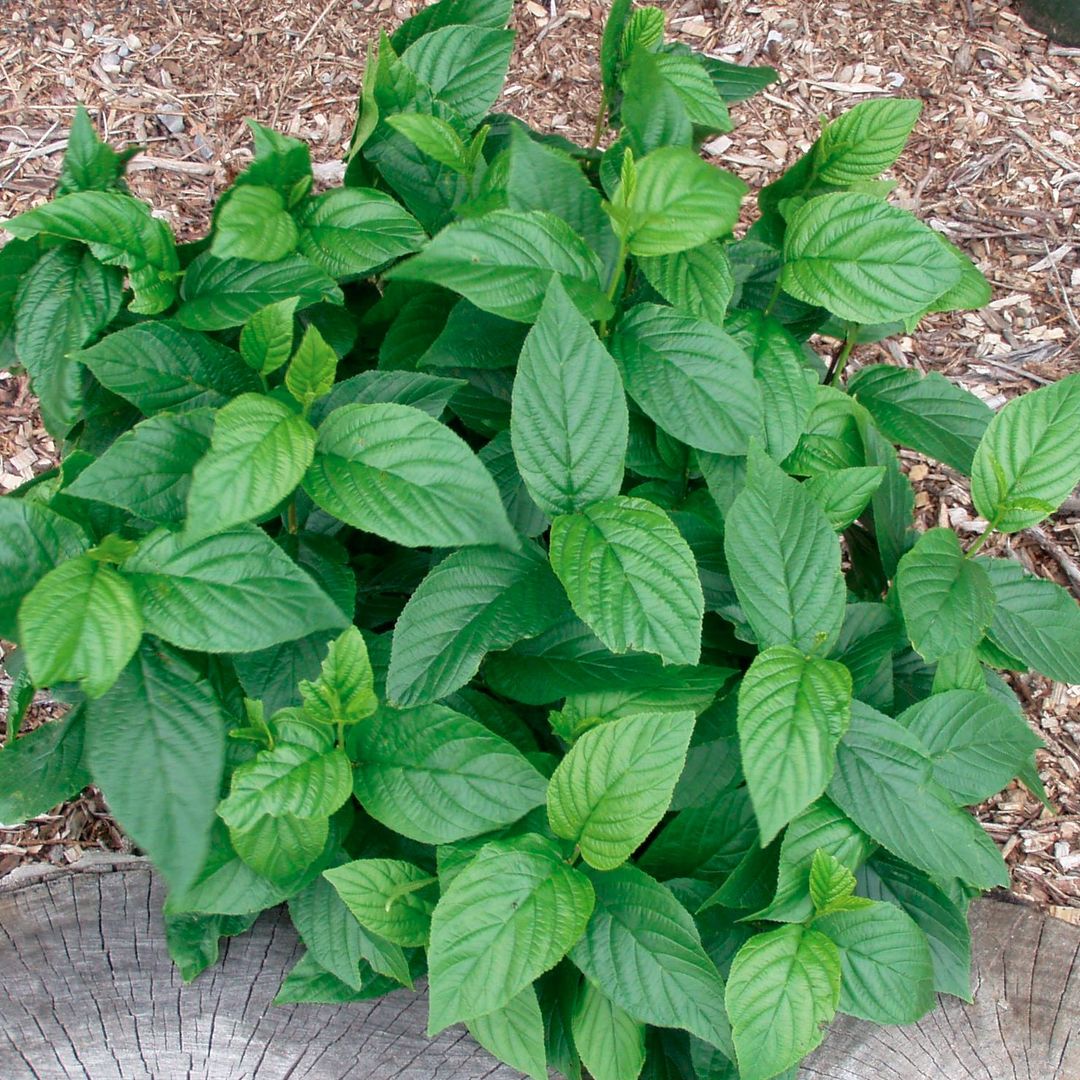
Here’s a chart with information about the Alder Buckthorn (Rhamnus frangula) tree:
| Category | Information |
|---|---|
| Botanical Name | Rhamnus frangula (also known as Frangula alnus) |
| Common Name | Alder Buckthorn, Glossy Buckthorn |
| Plant Type | Deciduous Shrub or Small Tree |
| Hardiness Zone | USDA Zones 2-7 |
| Sun Exposure | Full sun to partial shade |
| Soil Type | Moist, well-draining soil; tolerates various soil types |
| Watering | Moderate; prefers moist conditions |
| Growth Habit | Upright, rounded form |
| Height/Spread | 10-20 feet tall, 10-20 feet wide |
| Special Features | Glossy green leaves, clusters of small greenish-white flowers, black berries attractive to wildlife, used in traditional medicine |
While not as well-known as some of its counterparts, the Alder Buckthorn (Rhamnus frangula) is a unique and versatile tree that deserves recognition. This deciduous shrub or small tree is native to Europe and parts of Asia and is known for its glossy leaves, clusters of small greenish-white flowers, and dark berries.
The Alder Buckthorn is valued for its hardiness and adaptability, thriving in a variety of soil types and conditions, including wet areas. It can be used as a hedge, screen, or specimen plant in residential and commercial landscapes, adding texture and interest throughout the seasons.
Interestingly, the wood and bark of the Alder Buckthorn have been historically used for various purposes, such as dyeing fabrics and making charcoal for gunpowder. While these traditional uses may not be as relevant today, the tree’s ornamental value and low-maintenance nature make it an attractive choice for modern landscapes.
6. American Beech (Fagus grandifolia)
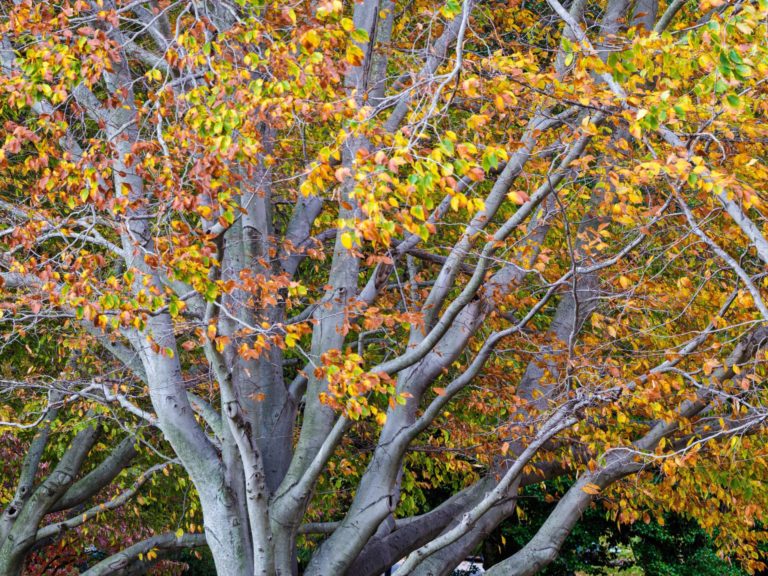
Here’s a chart with information about the American Beech (Fagus grandifolia):
| Category | Information |
|---|---|
| Botanical Name | Fagus grandifolia |
| Common Name | American Beech |
| Plant Type | Deciduous Tree |
| Hardiness Zone | USDA Zones 4-9 |
| Sun Exposure | Full sun to part shade |
| Soil Type | Well-draining, moist |
| Watering | Moderate; prefers evenly moist soil |
| Growth Habit | Upright, spreading canopy |
| Height/Spread | 50-80 feet tall, 40-60 feet wide |
| Special Features | Smooth gray bark, toothed leaves, yellow fall color, provides shade, attracts wildlife |
The American Beech is a true marvel of nature, renowned for its smooth, gray bark and graceful, spreading branches. This deciduous tree is native to eastern North America and can reach heights of up to 100 feet (30 meters), creating a majestic presence in any landscape.
One of the standout features of the American Beech is its stunning foliage display. In the spring, the tree is adorned with delicate, light green leaves that gradually turn to a deep, rich green in summer. Come fall, the foliage transforms into a brilliant array of golden and copper hues, creating a breathtaking spectacle.
Beyond its visual appeal, the American Beech is also valued for its ecological significance. Its nuts and seeds provide sustenance for a wide range of wildlife, including squirrels, chipmunks, and various bird species. When incorporated into a wildlife-friendly garden, the American Beech can serve as a vital food source and habitat for local fauna.
7. Avocado (Persea americana)
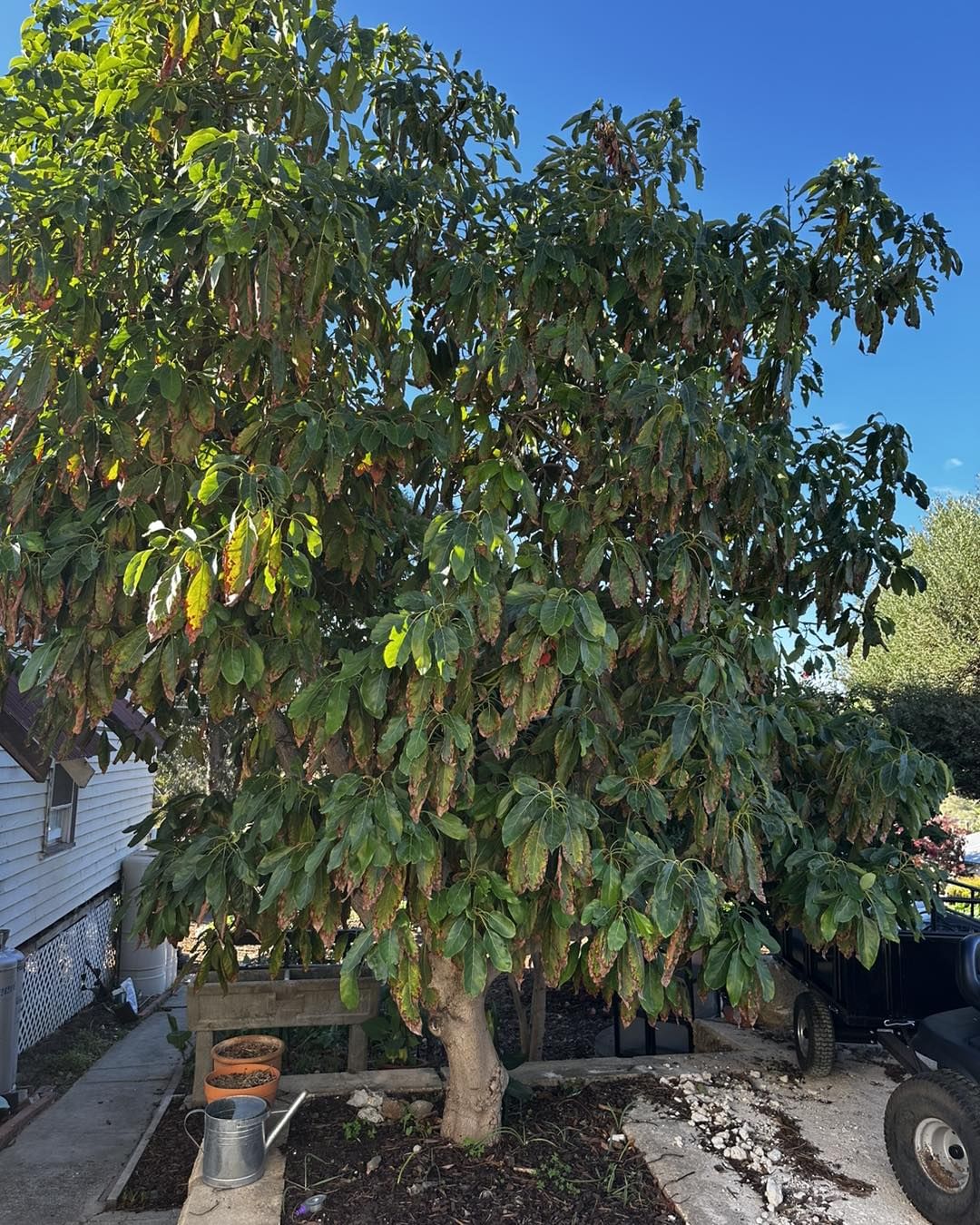
Here’s a chart with information about the Avocado tree (Persea americana):
| Category | Information |
|---|---|
| Botanical Name | Persea americana |
| Common Name | Avocado |
| Plant Type | Evergreen Tree |
| Hardiness Zone | USDA Zones 9-11 |
| Sun Exposure | Full sun |
| Soil Type | Well-draining, sandy or loamy soils |
| Watering | Moderate; prefers consistent moisture but not waterlogged |
| Growth Habit | Upright, spreading canopy |
| Height/Spread | 30-40 feet tall, 20-30 feet wide |
| Special Features | Edible fruit, attractive foliage, flowers attract pollinators, commercially valuable fruit tree |
While often associated with its delicious fruit, the Avocado tree itself is a true sight to behold. Native to Mexico and Central America, this evergreen tree can grow up to 60 feet (18 meters) tall, boasting a dense canopy of glossy, green leaves.
In addition to its ornamental value, the Avocado tree holds significant cultural and economic importance. Its fruit is a staple in many cuisines around the world and is renowned for its nutritional benefits, including being a rich source of healthy fats and vitamins.
When incorporated into landscaping, the Avocado tree can make a bold statement, adding lush foliage and a tropical flair to any outdoor space. Its ability to thrive in warm climates makes it an excellent choice for coastal or Mediterranean-style gardens.
8. Arizona Cypress (Cupressus arizonica)
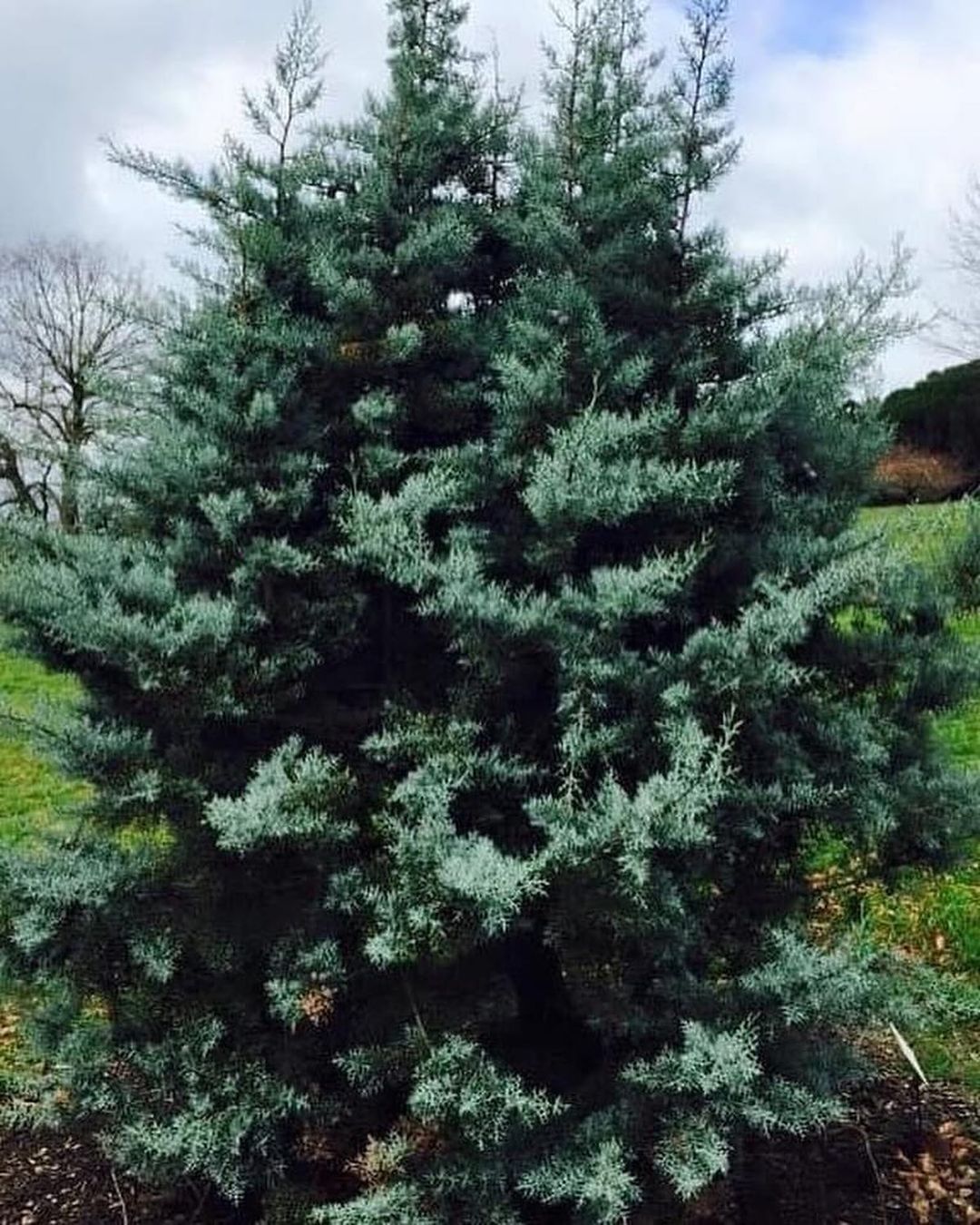
Here’s a chart with information about the Arizona Cypress (Cupressus arizonica):
| Category | Information |
|---|---|
| Botanical Name | Cupressus arizonica |
| Common Name | Arizona Cypress |
| Plant Type | Evergreen Tree |
| Hardiness Zone | USDA Zones 7-9 |
| Sun Exposure | Full sun |
| Soil Type | Well-draining, prefers sandy or rocky soils |
| Watering | Low; drought tolerant once established |
| Growth Habit | Upright, conical to pyramidal shape |
| Height/Spread | 40-50 feet tall, 15-25 feet wide |
| Special Features | Blue-green foliage, attractive bark, aromatic leaves, drought tolerant, used as a windbreak or ornamental tree |
Hailing from the deserts of the southwestern United States and northern Mexico, the Arizona Cypress is a rugged and resilient evergreen tree known for its ability to withstand harsh conditions. This conifer can grow up to 60 feet (18 meters) tall and is characterized by its bluish-green foliage and scaly bark.
The Arizona Cypress is a popular choice for xeriscape and low-water landscapes, as it is highly drought-tolerant and requires minimal maintenance once established. Its unique form and color make it a striking addition to desert-inspired gardens, providing year-round interest and texture.
Beyond its ornamental qualities, the Arizona Cypress also offers practical benefits. Its wood is naturally resistant to decay, making it suitable for construction and outdoor furniture. Additionally, the tree’s dense foliage can provide valuable shade in hot, arid regions.
9. African Sumac (Rhus lancea)
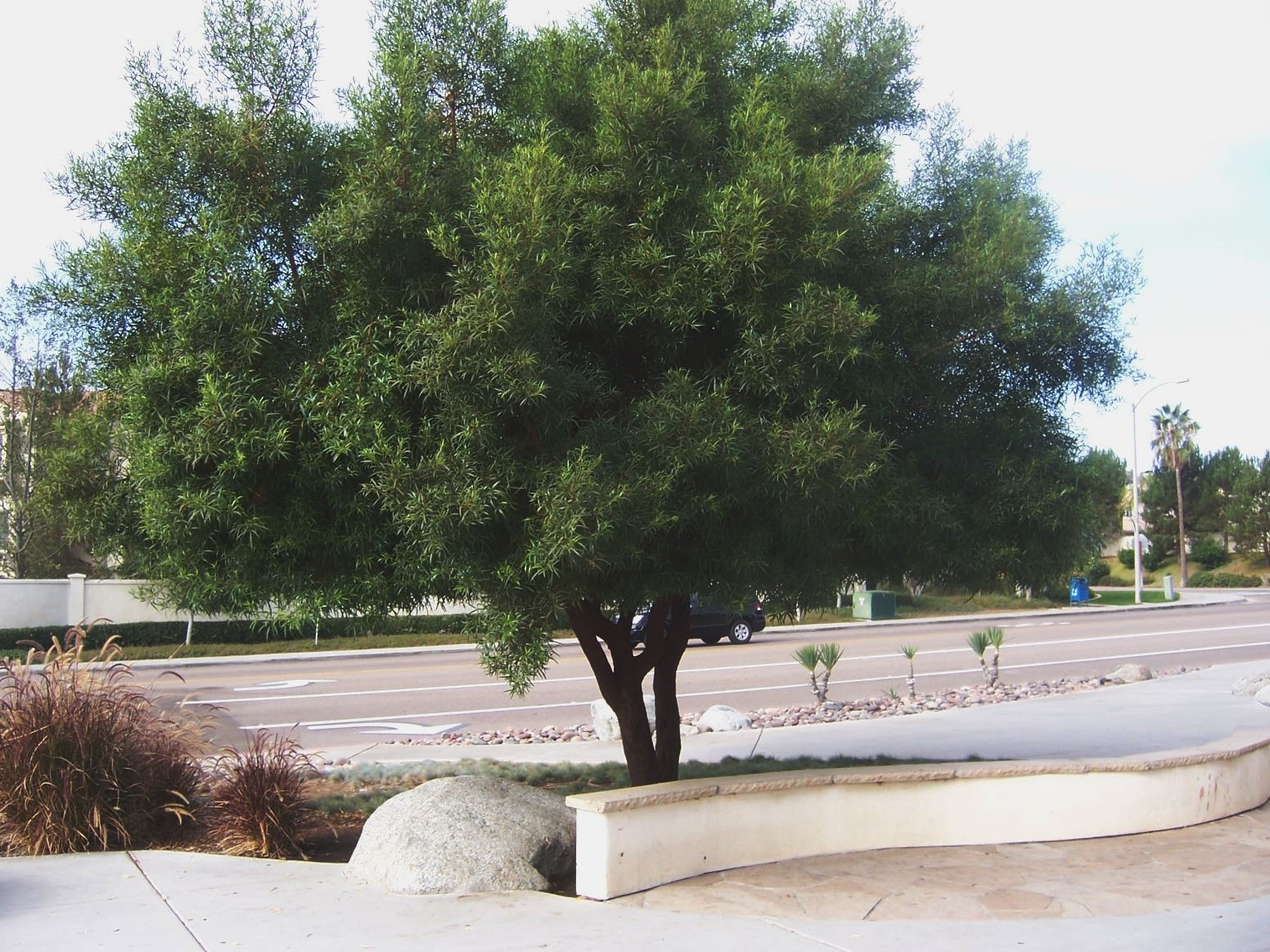
Here’s a chart with information about the African Sumac (Rhus lancea):
| Category | Information |
|---|---|
| Botanical Name | Rhus lancea |
| Common Name | African Sumac |
| Plant Type | Evergreen Tree |
| Hardiness Zone | USDA Zones 9-11 |
| Sun Exposure | Full sun to partial shade |
| Soil Type | Well-draining |
| Watering | Low to moderate; drought tolerant once established |
| Growth Habit | Rounded, dense canopy |
| Height/Spread | 20-40 feet tall, 20-30 feet wide |
| Special Features | Small yellow-green flowers, aromatic leaves, tolerant of poor soil and drought, used for ornamental purposes |
Native to southern Africa, the African Sumac is a small to medium-sized tree that offers a unique and captivating presence in any landscape. This evergreen species is known for its twisted, gnarled trunk and branches, creating a sculptural form that adds character and interest.
While the African Sumac may not be as well-known as some of its counterparts, it is a true gem for those seeking something out of the ordinary. Its glossy, compound leaves and clusters of small, cream-colored flowers add to its charm, making it a standout feature in any garden or park setting.
Incorporating an African Sumac into your landscape can provide a focal point and conversation starter, as its distinctive appearance is sure to capture attention. Additionally, this tree is relatively low-maintenance and drought-tolerant, making it a suitable choice for water-wise gardening.
10. Araucaria (Araucaria)
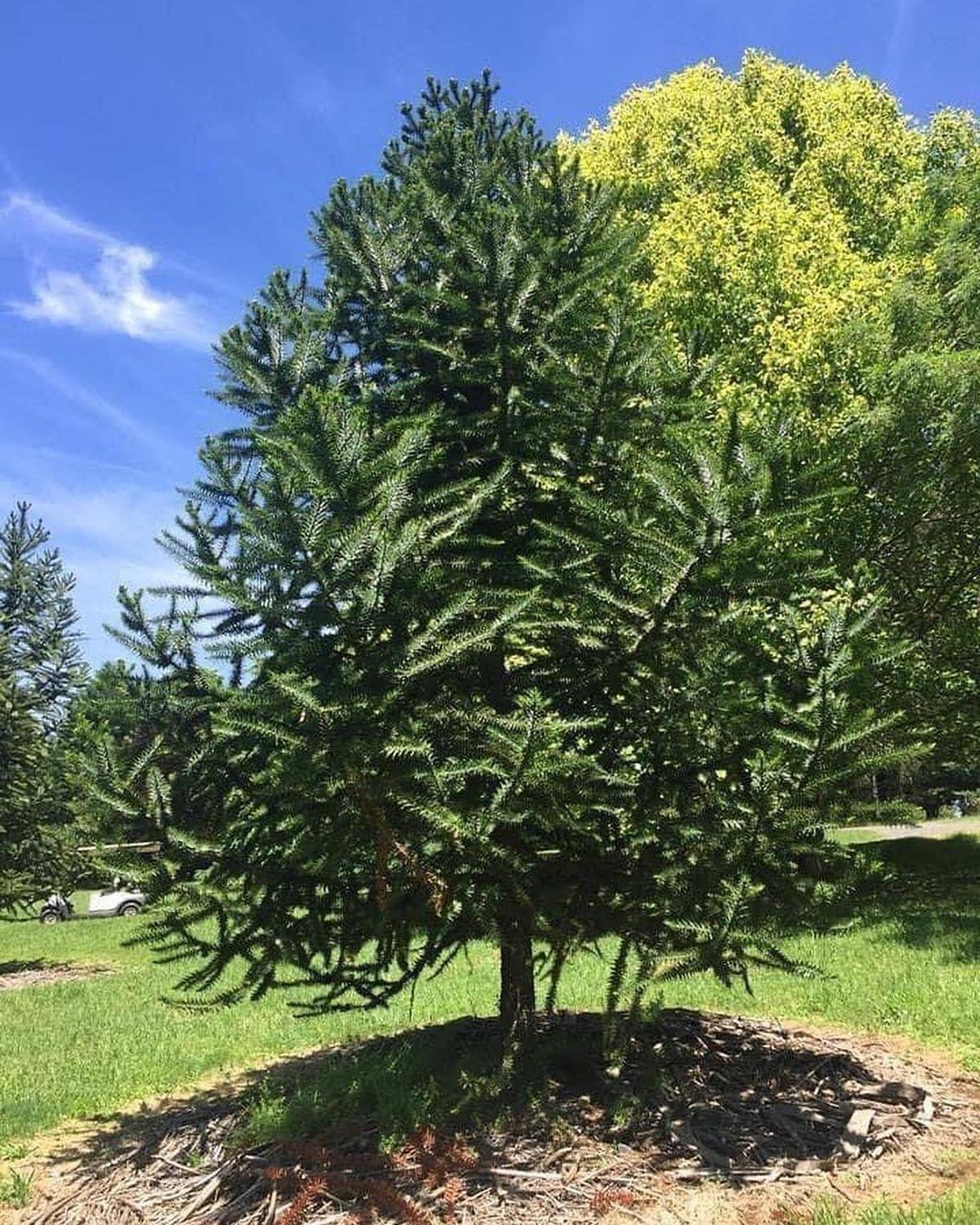
Here’s a chart with information about Araucaria, a genus of coniferous trees commonly known as the Araucaria:
| Category | Information |
|---|---|
| Botanical Name | Araucaria spp. |
| Common Name | Araucaria |
| Plant Type | Evergreen Tree |
| Hardiness Zone | Varies by species, typically USDA Zones 8-11 |
| Sun Exposure | Full sun to partial shade |
| Soil Type | Well-draining, fertile |
| Watering | Moderate; prefers evenly moist soil |
| Growth Habit | Conical or columnar |
| Height/Spread | Varies by species; can range from 30-200 feet tall and wide |
| Special Features | Distinctive triangular or scale-like leaves, often pyramidal in shape, used as ornamental trees |
Last but certainly not least, the Araucaria is a genus of evergreen coniferous trees that are truly remarkable in their appearance and history. Native to parts of South America, Australasia, and certain Pacific islands, these trees are often referred to as “living fossils” due to their ancient lineage that dates back millions of years.
One of the most well-known species is the Monkey Puzzle Tree (Araucaria araucana), named for its puzzling, scale-like leaves and branches that resemble a twisted, spiky pattern. This tree can grow up to 150 feet (45 meters) tall and is a true conversation piece in any landscape.Another captivating member of the Araucaria genus is the Norfolk Island Pine (Araucaria heterophylla), which is often mistaken for a pine tree due to its symmetrical, pyramidal shape and dense foliage. Despite its name, this species is not a true pine but rather a distinct evergreen that can thrive both indoors and outdoors in suitable climates.
Incorporating an Araucaria tree into your landscape can add a touch of ancient wonder and exotic flair. These trees are not only visually striking but also hold significant cultural and historical significance, having been revered by various indigenous communities for centuries.When planting an Araucaria, it’s essential to consider its specific growing requirements, as some species can be quite demanding in terms of soil conditions and climate. With proper care and attention, however, these trees can become stunning focal points that transport you to a prehistoric wonderland.
As you can see, the world of amazing trees starting with ‘A’ is a diverse and captivating one. From the iconic Ash and Aspen to the unique Alder Buckthorn and Araucaria, each species offers its own distinct charm and value. By incorporating these trees into your landscape, you can create a truly breathtaking outdoor space that celebrates the beauty of nature and showcases the incredible diversity of the plant kingdom.
Remember, planting trees not only enhances the aesthetic appeal of your surroundings but also provides numerous environmental benefits, such as improving air quality, conserving soil, and supporting local wildlife. According to research, urban trees can help reduce air pollution, lower energy costs by providing shade, and even increase property values.
When selecting the perfect ‘A’ tree for your garden, consider factors such as climate, soil conditions, and the desired purpose (shade, ornamental value, etc.). It’s also wise to consult with local nurseries, arborists, or cooperative extension services for expert advice on choosing the right species and proper planting and care techniques.
Embracing the beauty of amazing trees starting with ‘A’ can be a rewarding and enriching experience. Whether you choose the majestic American Beech, the exotic Avocado, or the resilient Arizona Cypress, these trees are sure to captivate and inspire. So why not embrace nature’s splendor and let these amazing ‘A’ trees transform your outdoor spaces into a true oasis of tranquility and natural wonder?
